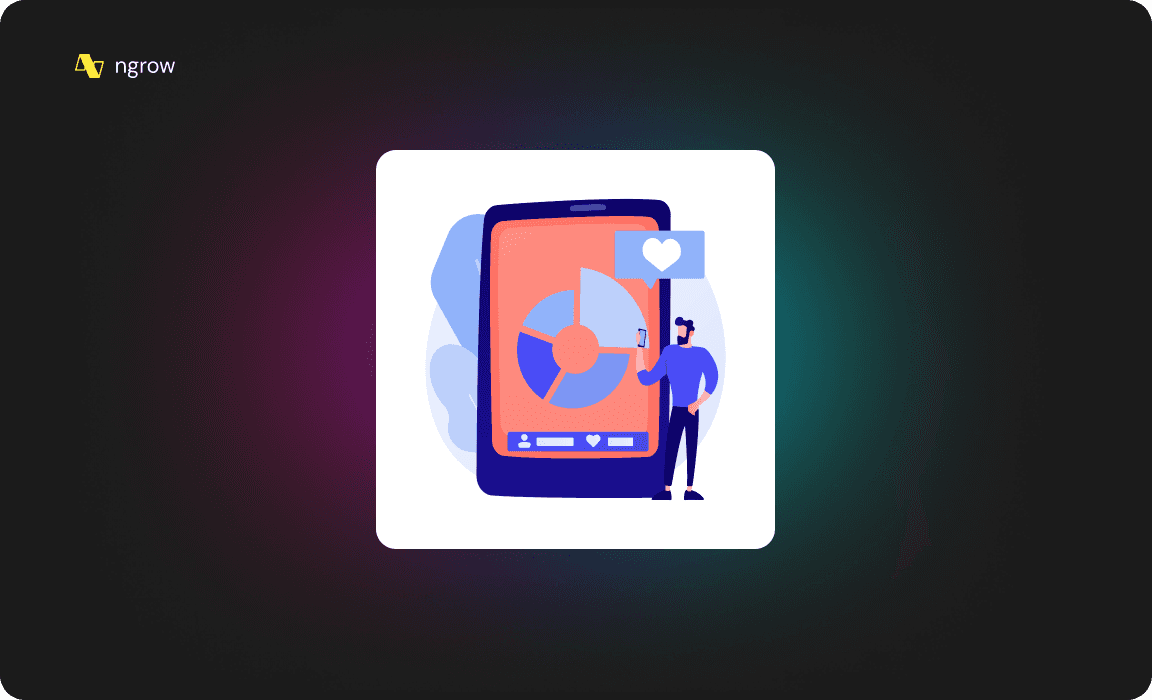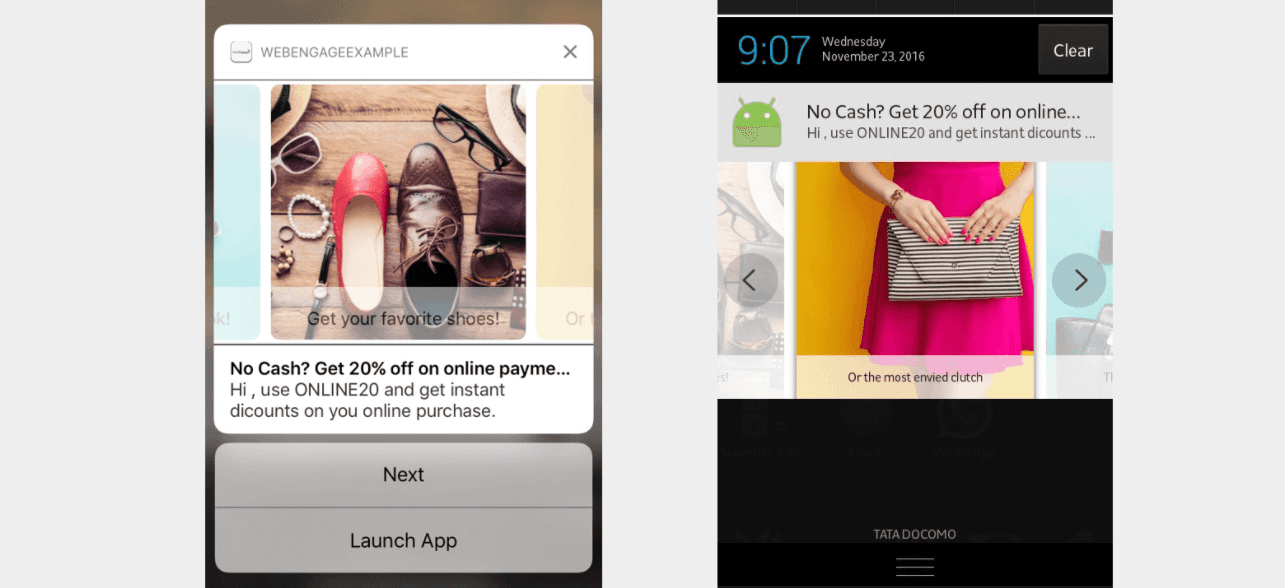3
min to read
Mar 27, 2024

Push notifications are a powerful tool for engaging users and driving conversions in e-commerce. However, to truly maximize their impact, businesses must go beyond simply sending mass messages and instead focus on tailoring notifications to suit the specific needs and interests of their audience. This is where segmentation comes in. By dividing users into distinct groups based on their behavior, preferences, or demographics, businesses can deliver more targeted and relevant push notifications, resulting in higher engagement and conversion rates. In this article, we will explore the power of segmentation in push notifications and delve into effective strategies for tailoring notifications for maximum impact.

The Importance of Segmentation in Push Notifications
Segmentation is the process of dividing users into distinct groups based on their behavior, preferences, or demographics. By segmenting users, businesses can deliver more targeted and relevant push notifications, resulting in higher engagement and conversion rates. Segmentation can be based on a variety of factors, including:
Behavior: Segmenting users based on their behavior, such as browsing history, past purchases, or engagement with push notifications, can help businesses deliver more relevant and timely messages.
Preferences: Segmenting users based on their preferences, such as product categories or interests, can help businesses tailor messages to suit the specific needs and interests of each group.
Demographics: Segmenting users based on demographics, such as age, gender, or location, can help businesses deliver more targeted and culturally relevant messages.

Effective Strategies for Segmenting Users in Push Notifications
Behavioral Segmentation: Segmenting users based on their behavior, such as browsing history or past purchases, can help businesses deliver more relevant and timely messages. By tracking user behavior, businesses can identify patterns and trends, and tailor notifications to suit the specific needs and interests of each group.
Preference Segmentation: Segmenting users based on their preferences, such as product categories or interests, can help businesses tailor messages to suit the specific needs and interests of each group. By understanding the preferences of each group, businesses can deliver more relevant and engaging messages.
Demographic Segmentation: Segmenting users based on demographics, such as age, gender, or location, can help businesses deliver more targeted and culturally relevant messages. By understanding the demographics of their audience, businesses can tailor messages to suit the specific needs and interests of each group.
Engagement Segmentation: Segmenting users based on their engagement with push notifications, such as response rates or click-through rates, can help businesses identify the most engaged users and tailor messages to suit their needs and interests.
Loyalty Segmentation: Segmenting users based on their loyalty, such as repeat customers or high-value customers, can help businesses deliver more targeted and personalized messages. By understanding the loyalty of each group, businesses can tailor messages to suit the specific needs and interests of their most valuable customers.
Location-Based Segmentation: Segmenting users based on their location can help businesses deliver more targeted and relevant messages. By understanding the location of their audience, businesses can tailor messages to suit the specific needs and interests of each group.
Best Practices for Tailoring Push Notifications with Segmentation
Personalization: Personalizing push notifications based on user preferences, location, or past interactions can make messages more relevant and engaging. Tailoring content to individual users can help build stronger connections and drive user loyalty.
Relevance: Ensuring that push notifications are relevant to the specific needs and interests of each group is essential for driving engagement and conversions. By delivering relevant messages, businesses can build stronger connections with their audience and increase user loyalty.
Timing and Frequency: Timing and frequency are crucial when it comes to push notifications. Sending messages at the right time and frequency can significantly impact user engagement and response rates.
A/B Testing: A/B testing can help businesses identify the most effective messaging strategies and optimize their push notification campaigns. By testing different messages, businesses can identify the most engaging content and improve their conversion rates.
Call-to-Action: Including a clear and concise call-to-action in push notifications can significantly improve response rates. By clearly outlining the desired action, businesses can encourage users to engage with their website or app.
Analytics and Reporting: Tracking and analyzing the performance of push notifications is essential for optimizing campaigns and improving conversion rates. By leveraging analytics and reporting tools, businesses can gain valuable insights into user behavior and adjust their strategies accordingly.
Conclusion
In conclusion, segmentation is a powerful tool for tailoring push notifications and delivering more targeted and relevant messages. By dividing users into distinct groups based on their behavior, preferences, or demographics, businesses can deliver more personalized and engaging messages, resulting in higher engagement and conversion rates. Implementing effective strategies for segmentation can help businesses unlock the full potential of push notifications and create meaningful interactions with their audience. From behavioral and preference segmentation to demographic and loyalty segmentation, there are many factors to consider when crafting a successful push notification campaign. By leveraging these strategies, businesses can deliver more relevant and engaging messages, build stronger connections with their audience, and drive conversions beyond the homepage.



